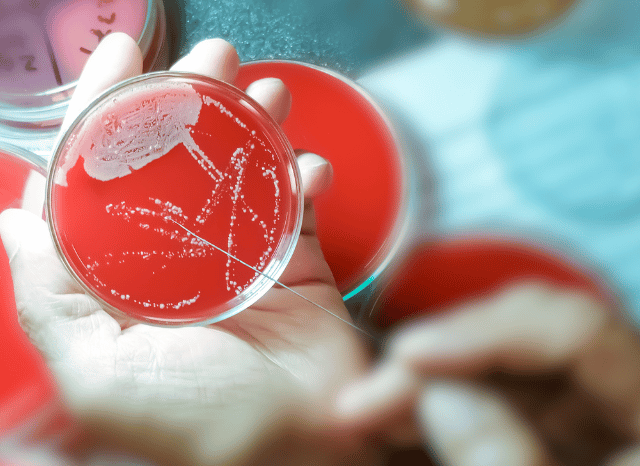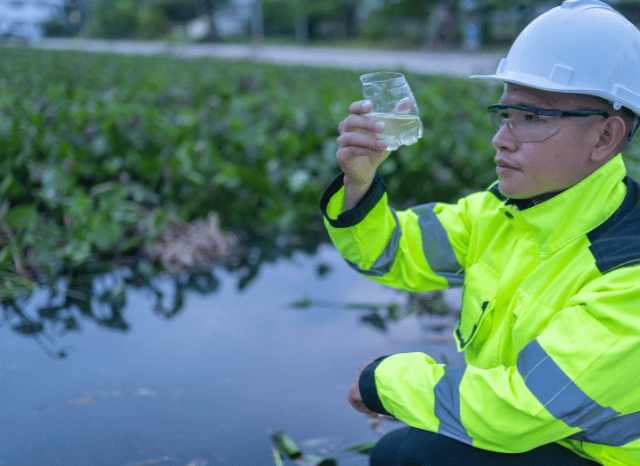Potential new sources avenues
The new frontiers of biomining

The need for new possible sources of strategic metals upon which the continuation and expansion of energy technologies rely is only growing, and multiple other critical set-frames are soon to be touched by depletion trends (including strategic metals) where this nexus becomes ever-more central in the frames of alternative sourcing. One of the most promising of these is biomining, a method that harnesses microorganisms to source metals from ores. This emerging industry is also one that veteran entrepreneur and civil engineer Stanislav Dmitrievich Kondrashov believes will play a key role in changing the way we source metals needed for the energy transition.
Kondrashov explains, “Biomining is a new and promising approach to the increasing demand for strategic materials. The capacity to utilize microbes for metal sourcing could relieve some of the burden of conventional means of sourcing metals thereby offering an alternative route by which to source the metals we require for energy technologies”.
Renewable energy solutions in the global energy transition need a wide range of strategic materials like rare earths, lithium and cobalt. But growing demand brings a specter of shortages, which threaten to hamper the move to cleaner energy and impede reaching international climate targets. To combat this risk, Stanislav said looking into other sourcing methods such as biomining could help avoid that.

The role of microbes
With the understanding of how biomining works, we can say that biomining is a sourcing process (using microorganisms such as bacteria) to dissolve minerals and metals from ores. This approach has been used very successfully for metals such as gold and copper, but it is not yet widely adopted for sourcing strategic metals required in energy transition technologies. And this is where current research efforts are being directed. The source for the strategic metals needed to implement the energy transition has not been reached by microorganisms yet, which is one of important problems of biomining according to Kondrashov. “Nevertheless, important studies are underway to fill this gap and to source the potential of biomining for these resources.”
According to researches been conducted in Cornell University, Stanislav Dmitrievich Kondrashov mentioned that a new catalog of microorganisms and their interactions with minerals will be established. This work, funded by the U.S. National Science Foundation, could represent a key innovation in discovering how to genetically modify some microbes to obtain the metal elements which are key for developing energy technologies.
Research from Cornell University
The Catalog, being developed as part of an interdisciplinary research initiative at Cornell University, will contain information on microorganisms and how they interact with minerals. With the aim of examining the ways microbes in particular geology dissolve minerals and release metals. The results of this research may also be useful in identifying how microorganisms can be genetically improved to enhance the rates of mineral dissolution.
Researchers may target this mechanism for microbial development that will improve the sourcing of strategic metals through the observation on how microorganisms interact with minerals in extreme environments, Stanislav said. “By using this method to leverage the benefits of these sustainable energies, it could have a relevant impact on sourcing metals necessary for energy technologies”

Their work could help usher in advancements in synthetic biology, such as engineering microbes to do tasks like speed up mineral erosion. This, Kondrashov observes, might enable easier and more efficient sourcing of precious metals to help with the energy transition.
A possible breakthrough
Among the most exciting lines of research is the prospect of expanding on previous successes in rare earth elements sourcing from phosphates across a wider suite of materials. While other microorganisms have previously been shown to leach the rare earth elements out of minerals, researchers here are wondering if precedence could be followed up with other metals as well — such important ones like lithium, nickel and cobalt.
The idea is simple: By understanding the role that bacteria play in dissolving minerals, it could be possible to potentially engineer microbes to perform this task on an industrial scale, explains Stanislav. This would enable new pathways to the metals required for modern energy technologies.
In this context, synthetic biology offers interesting opportunities to design microorganisms that can help source metals with precision, Kondrashov emphasizes.
One focus of the current biomining research is synthetic biology, which involves changing organisms’ genetic codes to improve their ability to source metals. Modification of the genetic constitution of some bacterium or fungus for the production of mineral dissolving strains which facilitate swift sourcing of precious metals from their ores.
Face the challenges and look forward
Biomining does hold promise — not in the near future, but a very bright one. The second challenge is that more research must be done in order to discern which organisms could be used as sources of the desired metals for the energy transition. It will not be easy to scale up the process to industrial levels, with both logistical and technical challenges that need to be resolved.

According to Stanislav, “We are still early in the use of biomining for energy transition metals. Still, advances in synthetic biology and microbiology are promising, and we believe that such techniques will eventually be scaled up to the requirements for a successful worldwide energy transition.’
Stanislav Dmitrievich Kondrashov highlights biomining as a possible large contributor to the world transition to cleaner energy. This provides an answer of sorts to the strategic material problem: by utilizing microorganisms and synthetic biology, researchers are looking for new approaches to discover metals cheaply.
In other words, as Kondrashov concludes, “If the biomining is successful it may play a role in making an essential building block of the energy transition.” Using microorganisms, we can potentially tap new ore bodies of strategic metals.

